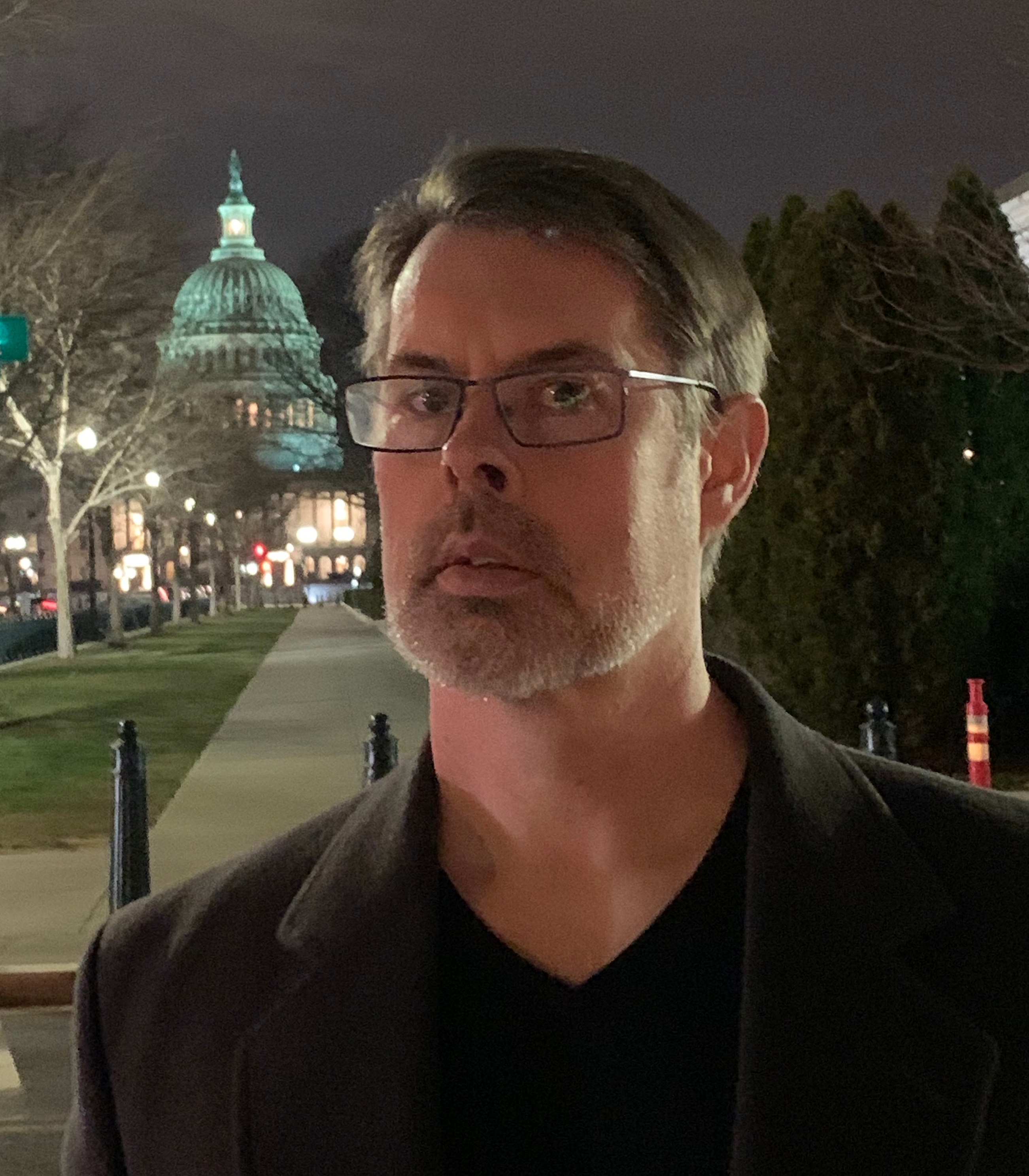Climate adaptation strategies in times of COVID-19

By Alec Masella
Understanding how humans adapt to the ever-changing environment around them is critical for tackling complex issues related to sustainability. More importantly, identifying the risks associated with climate change is essential to creating a sustainable future for communities around the globe.
Understanding climate change
Climate Adaptation is one of the newer courses at the Virginia Tech Center for Leadership in Global Sustainability Online Master of Natural Resources (OMNR) program. The course is designed to provide students with the tools they need to address these challenges in a real-world context. Dr. Paul Wagner will teach this course in the fall, bringing with him over ten years of experience working with the United States Department of the Interior on sustainability instruction.
“This will be my second time teaching the course at the Center for Leadership in Global Sustainability,” Paul says. “The first time, the students brought to the class a wide variety of adaptation questions that we used for case studies. These case studies spanned a range of spatial scales and looked at a wide variety of topics: there was everything from adaptation planning for a small marsh to planning for mega-cities like New York. The important thing was, I think, that the students came away from the course knowing how to use a generalized and repeatable approach to adaptation planning that could be applied to almost any specific context.”
Evaluating capacity for change
Like many other courses this coming semester, this iteration of Climate Adaptation will inevitably touch on the impacts of COVID-19. “While the impacts of the pandemic have been tragic, there have nonetheless been some interesting environmental effects that we can learn from,” Paul points out. “For example, in the northern Indian state of Punjab, people were reported to have reacted in awe at the sight of the Himalayas, which they haven’t seen in a long time and which are now visible from more than 100 miles away due to the reduced air pollution caused by the coronavirus lockdown. Carbon emissions also fell quickly, but are returning to pre-pandemic levels as countries begin to reopen.”
Paul explains: “It’s true that we can now see mountains that we hadn’t been able to see in years, and that helps illustrate the extent to which we can make a difference. The thing that worries me, though, is that we have shown such an intolerance for disruptions in the way we live; this makes developing climate response proposals that will be adopted and sustained challenging—how do we make behavioral changes stick? Just look, for example, at our responses to having our restaurant visits curtailed; I didn’t anticipate that staying away from restaurants would have proven so difficult. But, the reality is that this liberty is one part of life that people don’t want to give up, even for a relatively short amount of time. This has been an important lesson for me because when I teach students about developing proposed climate responses, I now know that I need to get the students to think about the potential social responses and our willingness to adopt—the perfect climate response that no one adopts is no response at all. To make changes actionable and sustainable requires anticipating how people will react to them, and this is why I emphasize the importance of the social sciences in climate change—climate models can only take us so far.”
Engaging stakeholders
Chief among the course content is climate communication—developing the skills to engage a broad audience on climate adaptation initiatives. These principles are also applicable to organizations such as corporations and sustainability interest groups. In case studies throughout the course, students will develop scenarios for analyzing different climate change situations, and they will identify goals as well as step-by-step methods for both communicating the issues and initiating the adaptation efforts.
“There are always going to be uncertainties in the real world,” Paul explains, “and students will understand that, in an adaptation plan, there will be points of critical decision making. In many instances, we won't be able to anticipate how exactly climate change will unfold, and how a complex socio-ecological system will respond. We therefore emphasize throughout the class that we need to plan with the explicit recognition of uncertainty, and this means making sure that we never narrow down our response options to a single pathway. We look across the range of plausible climate futures and make sure our adaptation planning is robust to that range, but also flexible enough that we can adjust to events that we hadn’t anticipated. This highlights the need for monitoring and tracking effectiveness, which we also discuss in class.”
Building capabilities
Developing and honing this collection of skills through case analyses and classroom discussion will be the greatest takeaways for students. Assessing what is at risk by climate change and managing adaptation efforts are essential practices for propelling sustainability far into the future.
Climate Adaptation is offered as one of the required courses in CLiGS’s new Online MNR - Focus program, Climate Change concentration; as an elective in other Online MNR - Focus concentrations; or as an elective in the standard Online MNR program. Fall semester application deadline is August 1. Enroll today!

Paul Wagner serves as the Deputy Associate Director of an ecosystems research program, and also teaches courses on climate change and climate adaptation. Previously, Paul worked on a wide variety of global change science and policy issues at the Institute for Water Resources. In 2014, Paul was detailed to the White House Council on Environmental Quality, where he served as a Deputy Associate Director for Climate Adaptation and Resilience, working on and leading initiatives under President Obama’s Climate Action Plan. He has also worked as a landscape ecologist for the Environmental Protection Agency and as an aquatic ecologist for The Nature Conservancy. He received his Ph.D. in Biology from Virginia Tech in 2001.


